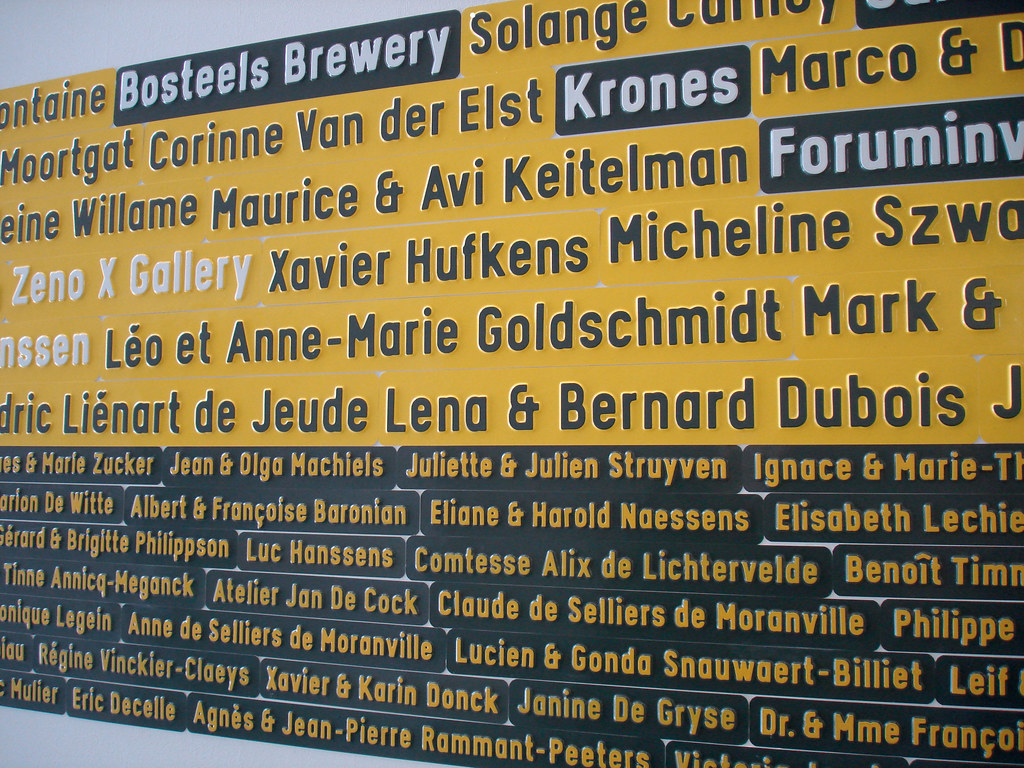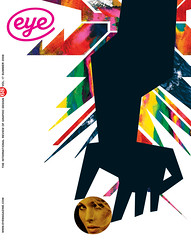Summer 2008
Sara De Bondt
Who cares about graphic design history?

Sara De Bondt, London, was born in Leuven in Belgium, and graduated from Sint-Lukas Brussel, Brussels, Belgium in 1999, and Jan van Eyck Academie, Maastricht, The Netherlands, in 2002.
Q1. What do you think is meant by ‘the canon of graphic design history’?
A1. There’s such a vast amount of things, I wouldn’t know where to begin. I’d rather mention institutions that research and celebrate the canon. London has amazing resources: libraries such as St Bride and the V&A, publications from Hyphen Press and Typography Papers, the recent Avant-Garde Graphics and permanent manuscript exhibitions at the British Library, etc.
But I also think there is a lot of room for improvement. I regret the trend for churning out endless piles of big coffee-table design monographs. They focus too much on the individual; I don’t believe in the myth of design geniuses, working on their own without a community to support and feed them. It’s lazy, and gives the wrong impression about designing. We need more in-depth analysis of certain periods, regions or movements, with different voices, influences, background information. Otherwise it reduces a piece of graphic design to an image, and it’s not that, it’s a process, embedded in a society.
There is also a real lack of historical graphic design exhibitions. I can count the good ones I have seen on one hand. It’s not an easy thing to do, but it’s important.
Q2. Does design history have relevance to what you do in your design practice?
A2.Very much so, I often start by looking at what has been done before. For example, I am currently working on the graphic identity for a new art centre in Nottingham, and the first two things I did was to research the local graphic design history and previous museum identities. I always make this part of client presentations: it’s an excuse to learn something, which I find exciting. Last week I went to visit a retired printer whose family had had a printing company in Nottingham since 1830. He had an amazing archive of lace tickets, type specimens and printing plates in his attic. It felt like discovering a treasure chest. I’m sure I’ll reference it in the identity some way or other.
Q3. Where did you learn about design history (if at all)?
A3. Not at school – we were taught only art history. However, the feeling that I don’t know enough about it is what drives me to study it on my own, and explore it actively through my practice. I have a friend who is a successful graphic designer but who never studied design, yet he knows more about design history than most people. Last Friday I was invited to talk about ‘Inspiration’ at a design conference, and I read out a presentation about the life of Beatrice Warde made by John Dreyfus in 1985. Before that I had no idea who she was and the discovery of her really was an inspirational moment.
Q4. Does history have any relevance to the new technology and techniques you’ve had to master in your work?
A4. Yes, I worked with two signwriters on the exhibition design for ‘Out of the Ordinary’ at the V&A, which definitely is a craft I wouldn’t have noticed if I weren’t interested in the past.
And for the Wiels arts centre in Brussels, all the signage is being made with a nearly extinct vacuum plastic technique, formerly used in Belgian roadsigns.
Q5. If you were in charge of a design education programme, what aspects of design history (if any) would you teach to your students?
A5. The history of the alphabet, writing and typography; the main art movements; the evolution of printing technology, and so on.
Top: Signage for Wiels Contemporary Art Centre, Brussels, made using traditional road sign printing techniques. Design: Sara de Bondt, 2008.
First published in Eye no. 68 vol. 17 2008
Eye is the world’s most beautiful and collectable graphic design journal, published quarterly for professional designers, students and anyone interested in critical, informed writing about graphic design and visual culture. It is available from all good design bookshops and online at the Eye shop, where you can buy subscriptions and single issues.

